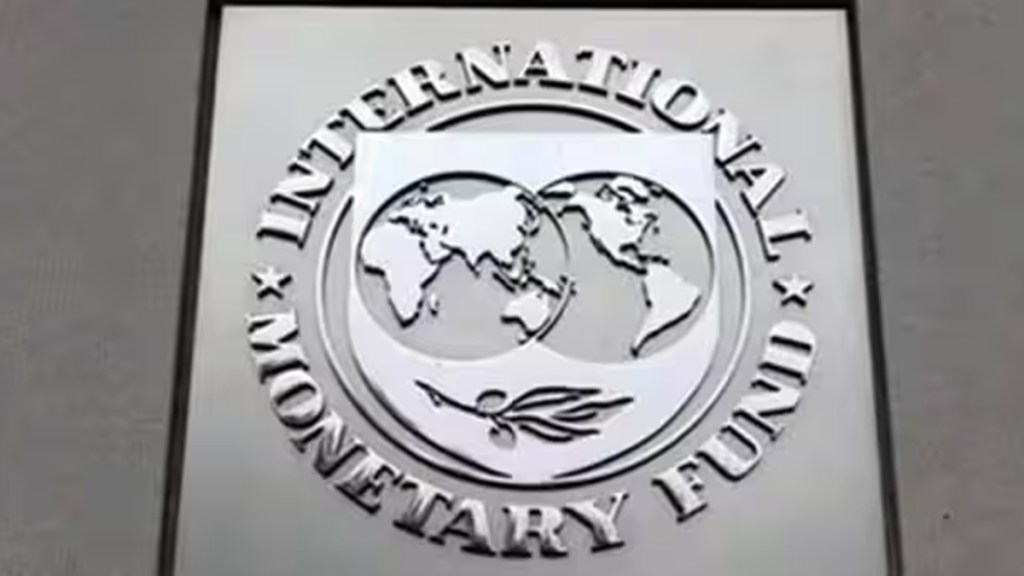By Janak Raj
Special drawing right (SDR) is an international reserve asset created by the International Monetary Fund (IMF) in 1969 to supplement existing reserve assets. Unless converted into freely useable currencies, SDR is costless as the interest paid by the holder on allocations (liability) is equal to the interest earned on holdings (asset). It is one instrument whose potential hasn’t been fully recognised, even at a time when the global community is struggling to mobilise finances for sustainable development and climate change.
SDRs are allocated based on a country’s IMF quota (akin to the paid-in share capital of a company), and a large portion (58.6%) has been allocated to advanced economies that don’t need them. Therefore, the demand to re-channelise SDRs from advanced countries to developing economies has been gaining traction. Meanwhile, the Poverty Reduction and Growth Trust (PRGT) and the Resilience and Sustainability Trust (RST) of the IMF have been operationalised.
However, for more effective use of SDRs, re-channelling needs to be done through multilateral development banks (MDBs). They can leverage SDRs to generate a much-needed multiplier effect. However, the efforts to re-channelise SDRs through MDBs have hit technical roadblocks, as the challenge of maintaining their ‘reserve asset’ characteristic while re-channelising them remains.
Even as efforts to re-channelise SDRs through MDBs must continue, there is also a need for regular allocations of SDRs and de-linking them from the quota system. Though the Articles of Agreement (AA) of the IMF stipulate that SDR allocations be considered every five years (basic period), the allocation of SDRs has been made only in five of the twelve “basic periods” since 1969.
Consequently, the allocation of SDRs has not kept pace with the demand for international reserves. In 2009, SDR allocations constituted 3.7% of international reserves. However, before the last SDR allocation of $650 billion in August 2021, SDRs constituted just 2.2% of international reserves. Though the share of SDRs in international reserves surged to 7% after the last allocation, it will again slip in the coming years until a fresh allocation of SDRs is made as international reserves rise.
Fresh SDR allocations may not have any significance for advanced economies as they already sit on large idle SDR allocations; however, they can enormously alleviate several pressure points for low- and middle-income countries (LMICs) even when they are not used. First, SDRs serve as a safeguard against exogenous shocks without incurring costs. With more SDR allocations, LMICs will have less incentive to accumulate forex reserves. The net cost of acquiring and holding reserves far exceeds the cost of creating reserves through SDR allocations. Second, regular allocations of SDRs can make these countries put their forex reserves to better uses, such as spending on health and education. Lastly, SDR allocations, by boosting forex reserves, can lower sovereign borrowing costs andm, in some cases, restore access to international capital markets. SDRs, when converted into usable currencies, can be put to several uses. Hence, SDRs hold immense economic value for LMICs.
How much to allocate, and at what intervals?
International foreign exchange reserves have increased at an average annual rate of $250 billion in the last 10 years. At the time of the 2021 SDR allocation, the IMF projected the long-term global need for reserve assets in the range of $1.1-1.9 trillion (the mid-point being $1.5 trillion) over the next five years. Based on this, the demand for global reserves, on average, works out to about $300 billion per year. Therefore, an annual allocation of SDRs of around $250-300 billion should be adequate to meet the global reserves need. Regular allocations may be made at least in the next 15 years. This would also make more SDRs available for re-channelling through MDBs once the technical issues get resolved.
To ensure that regular allocations benefit the countries which really need SDRs, there is a need to de-link SDR allocation from the quota system—the formula of which itself is flawed and is heavily loaded against the developing and emerging economies. To get around the quota problem, a suggestion has been made in some quarters to issue SDRs asymmetrically, in which a large share of allocation goes to developing and emerging economies. Since around 70% of international reserves are held by developing and emerging economies, they could receive 70% of the SDR allocations, and the remaining 30% allocated to advanced countries.
Allocation within each group could be determined by each country’s quota at the IMF.
Since SDRs are cost-free, rich countries do not lose anything by agreeing to allocate more SDRs. Some could argue that large allocations of SDRs could be inflationary for rich countries, since LMICs, by converting SDRs into freely usable currencies, can increase aggregate demand in advanced economies.
However, the current level of SDRs constitutes less than 1% of total global money stock, which should allay fears of inflation-risks. The countries using SDRs also incur costs, and they, therefore, could be expected to behave prudently.
The de-linking of SDR allocations from the quota system will require an amendment to the AA of the IMF, which is possible only if advanced economies cooperate. Advanced economies must take bold and decisive actions, given the challenging times we all face today.
Janak Raj, Senior fellow, Centre for Social and Economic Progress (CSEP). Views are personal.

